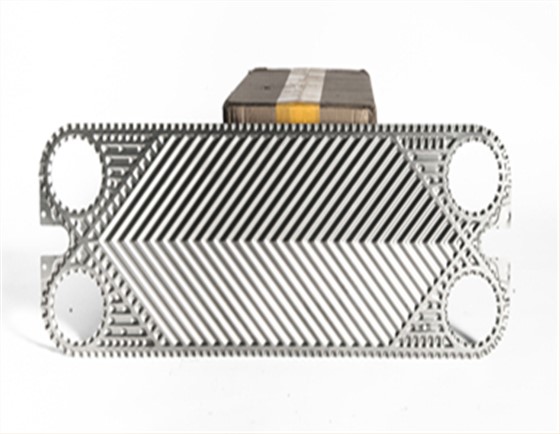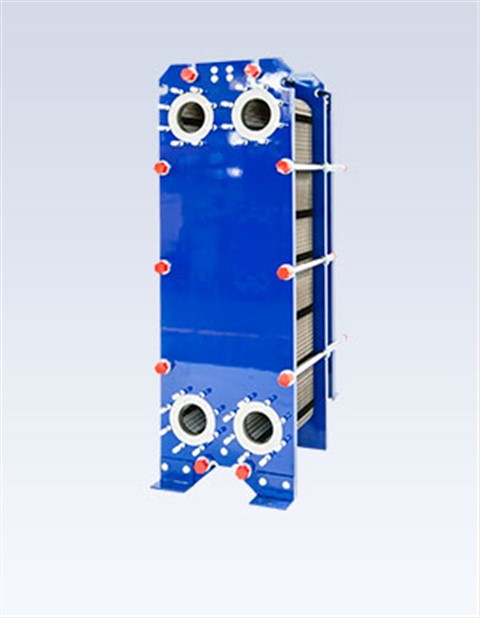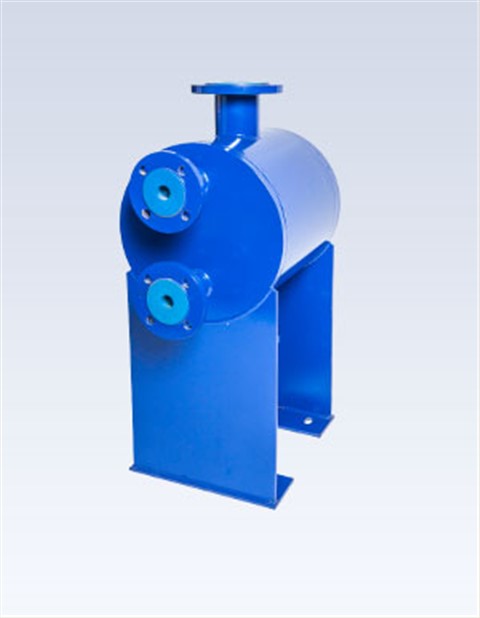Plates of plate heat exchangers are the soul of PHE. How much do you know about the materials and applicable conditions of this key component?

The raw materials of plate heat exchanger plates are mainly as follows:
1. Type 304 stainless steel
This is the cheapest and most widely used austenitic stainless steel (such as food, chemical, atomic energy and other industrial equipment). Suitable for general organic and inorganic media.
2. 304L stainless steel
Corrosion resistance and use are basically the same as Type 304. Due to lower carbon content and better weldability, it can be used in semi-welded or fully-welded plate heat exchangers.
3.316 stainless steel
Suitable for general organic and inorganic media. However, it is not suitable for sulfuric acid. Because it contains about 2% Mo, the corrosion resistance in seawater and other chlorine-containing media is better than Type 304, and it can completely replace Type 304.
4.316L stainless steel
Corrosion resistance and use are basically the same as Type 316. Due to the lower carbon content, the weldability and corrosion resistance after welding are also better, and can be used in semi-welded plate heat exchangers and fully welded plate heat exchangers.
5. Avesta 254SMO high-grade stainless steel
This is an ultra-low carbon high-grade stainless steel that has been improved by increasing the Mo content of Type 316. It has excellent resistance to chloride pitting and crevice corrosion. It is suitable for mediums such as brine and inorganic acids that cannot use Type 316.
6. Titanium
Unalloyed titanium, light weight, relative density 4.5, can naturally generate a passivation protective film, and if it is destroyed at the same time, it has "self-healing", so the corrosion resistance is better than stainless steel, generally, it can be used below 135 ? Seawater and brine of various concentrations below 165 ° C. Titanium has good corrosion resistance in organic acids (such as concentrated nitric acid, concentrated carbonic acid, etc.) and dilute alkaline liquids below the boiling point.
7. Titanium-Palladium alloy
This is the addition of (0.12% -0.25%) of unalloyed titanium, thus significantly improving the corrosion resistance of titanium in acidic media (especially under less severe conditions). For example, it has good corrosion resistance to nitric acid with a concentration of 70%, hydrochloric acid containing oxidizing ions, and plating solutions.
8. Hastelloy C-276
This is an expensive ultra-low carbon alloy-the main species in the C-group nickel-based alloy. It has good corrosion resistance; it is almost not affected by Cl in low PH media; it has excellent corrosion resistance to various concentrations of sulfuric acid, and is one of the few materials that can be used for hot concentrated sulfuric acid; widely used in organic acids , High temperature HF acid and a certain concentration of hydrochloric acid, phosphoric acid, chloride, fluoride and organic solvents.
The above categories cover almost all important the materials for plates of plate heat exchangers. If new materials are developed, we will continue to pay attention to the release and provide reference for everyone.


 Food grade plate heat exchanger
Food grade plate heat exchanger Plate And Shell Heat Exchanger
Plate And Shell Heat Exchanger